Abstract: An overview of the radio observations during January 2022 is given.
The graphs show both the daily totals (Figure 2) and the hourly numbers (Figure 3) of “all” reflections counted automatically, and of manually counted “overdense” reflections, overdense reflections longer than 10 seconds and longer than 1 minute, as observed here at Kampenhout (BE) on the frequency of our VVS-beacon (49.99 MHz) during the month of January 2022.
The hourly numbers, for echoes shorter than 1 minute, are weighted averages derived from:

During this month there were few local disturbances; weak to moderate lightning activity was recorded on only 2 days.
The highlights of the month were, of course, the Quadrantids/Bootids, which apparently peaked on January 4th, but were also very active on January 3th, especially in terms of overdense reflections. Figure 1 shows the hourly totals for the January 1-7 period, as well as some SpecLab screen-dumps giving an idea of the intensity of the shower.
The rest of the month was fairly calm as usual, but with a clear increase in mostly underdense reflections during the days before and after January 14th (294-295° solar longitude).
In addition, on the frequency of our beacon, solar outbursts mainly of type III were registered almost daily, as was the re-entry of Starlink-1204d on January 21st .
This month, only 4 reflections longer than 1 minute were observed here. A selection of these, along with a few other interesting registrations, are displayed in Figures 4 to 12.
In addition to the usual graphs, you will also find the raw counts in cvs-format from which the graphs are derived.
The table contains the following columns: day of the month, hour of the day, day + decimals, solar longitude (epoch J2000), counts of “all” reflections, overdense reflections, reflections longer than 10 seconds and reflections longer than 1 minute, the numbers being the observed reflections of the past hour.
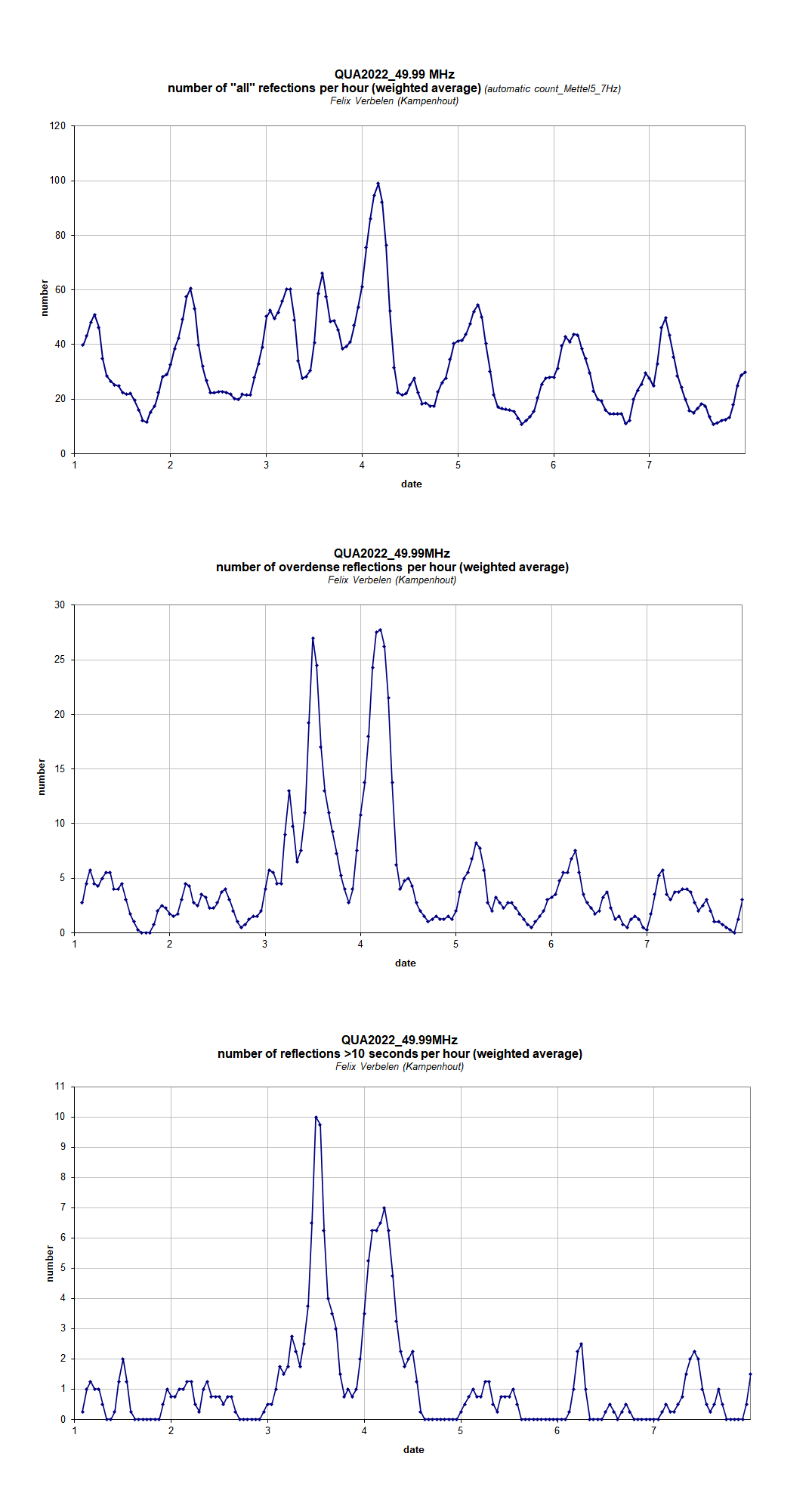
Figure 1 – Quadrantids radio activity 2022.
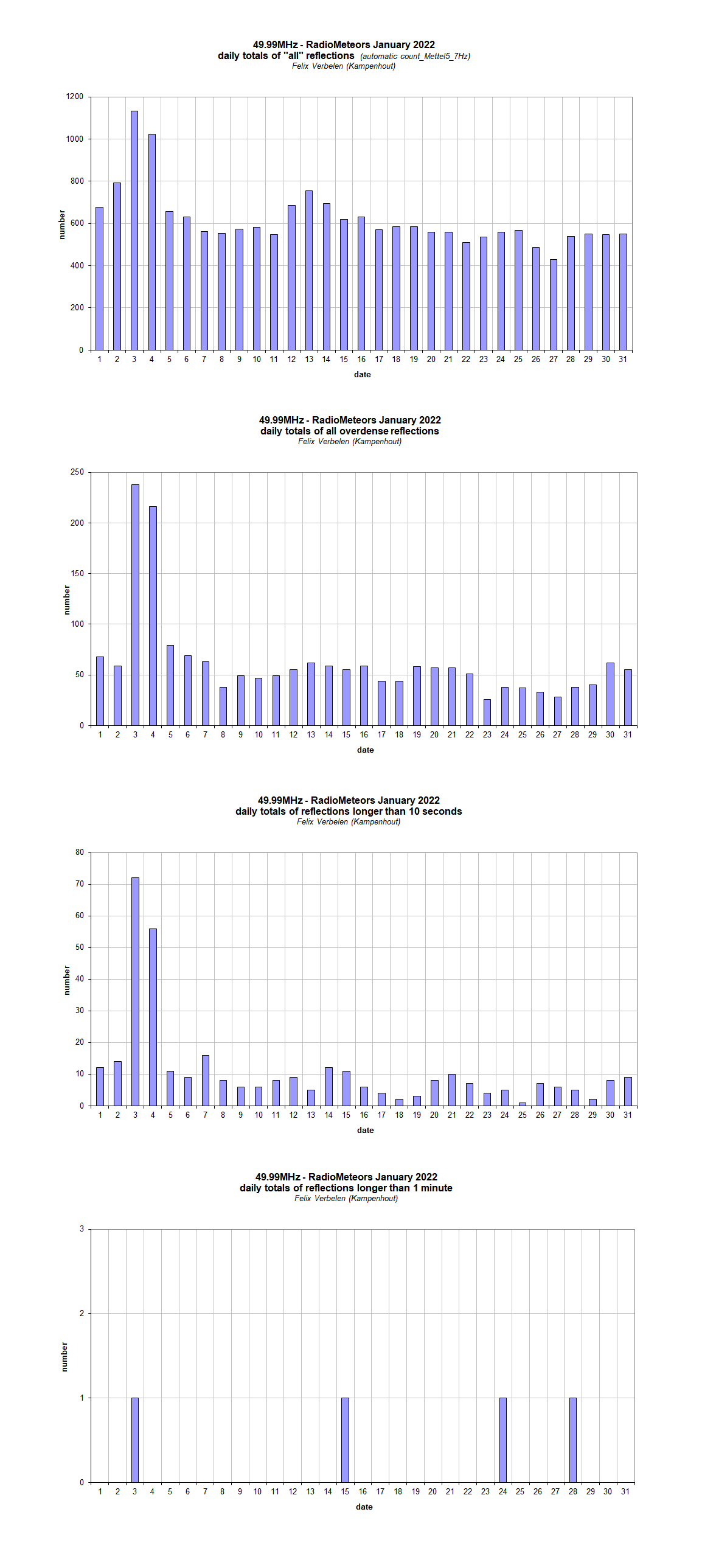
Figure 2 – The daily totals of “all” reflections counted automatically, and of manually counted “overdense” reflections, as observed here at Kampenhout (BE) on the frequency of our VVS-beacon (49.99 MHz) during January 2022.

Figure 3 – The hourly numbers of “all” reflections counted automatically, and of manually counted “overdense” reflections, overdense reflections longer than 10 seconds and longer than 1 minute, as observed here at Kampenhout (BE) on the frequency of our VVS-beacon (49.99 MHz) during January 2022.
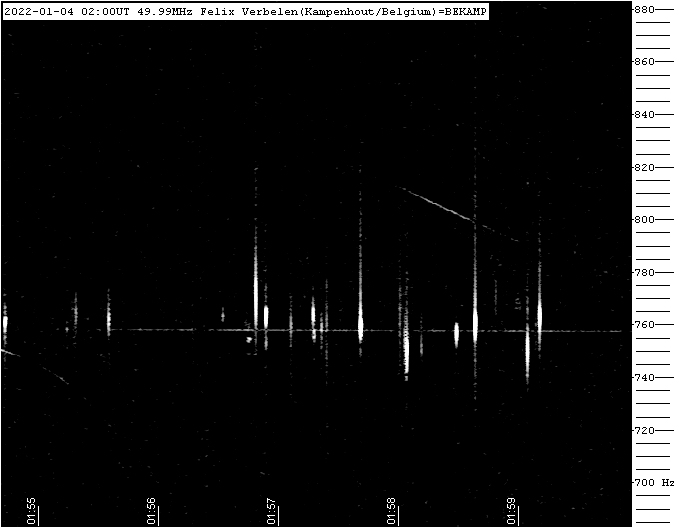
Figure 4 – Meteor reflection 4 January 2022, 02h00m UT.
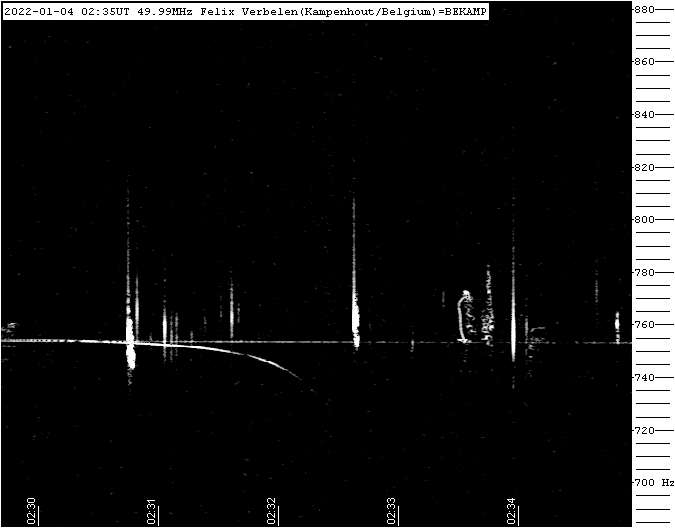
Figure 5 – Meteor reflection 4 January 2022, 02h35m UT.
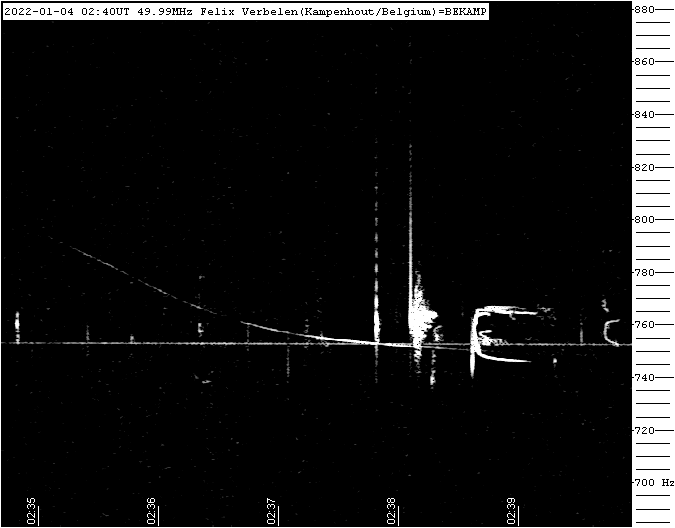
Figure 6 – Meteor reflection 4 January 2022, 02h40m UT.
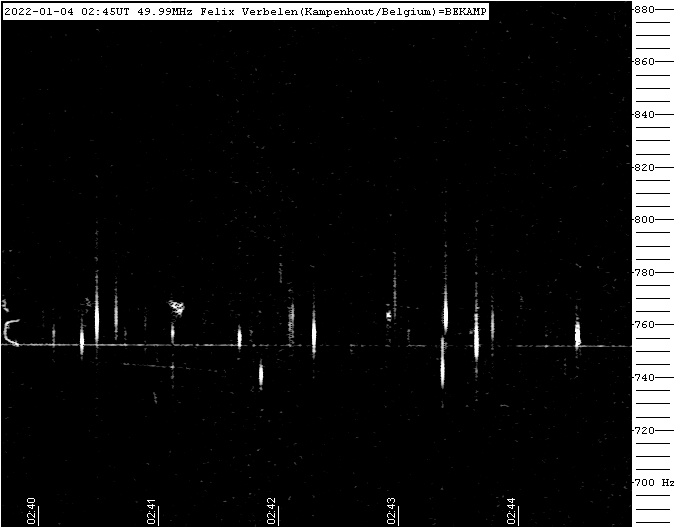
Figure 7 – Meteor reflection 4 January 2022, 02h45m UT.
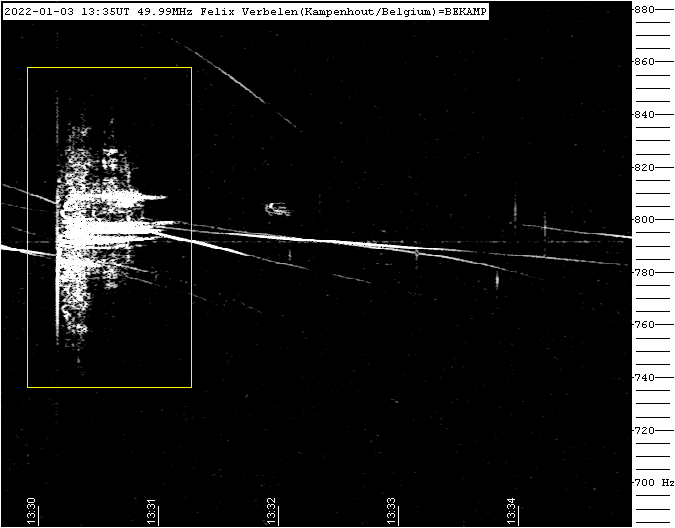
Figure 8 – Meteor reflection 3 January 2022, 13h35m UT.
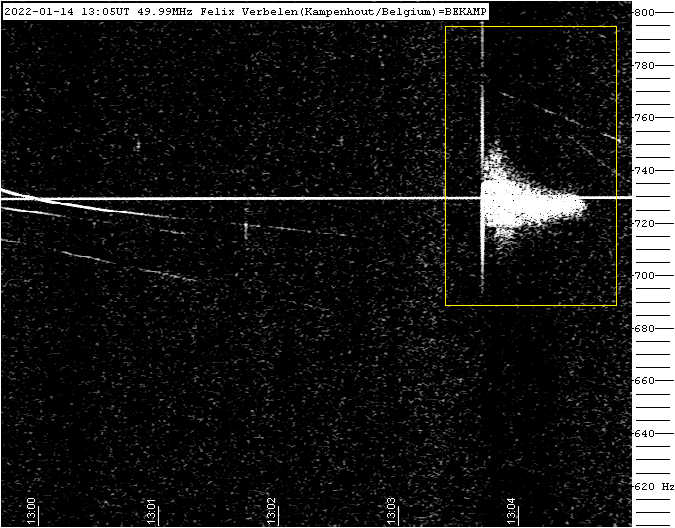
Figure 9 – Meteor reflection 14 January 2022, 13h05m UT.
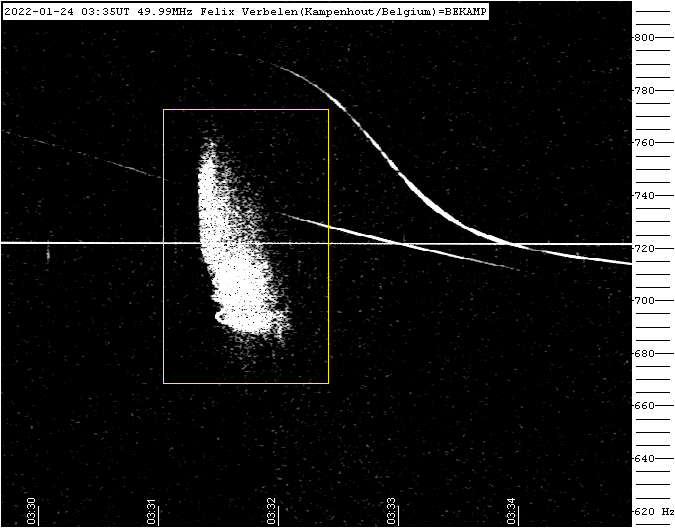
Figure 10 – Meteor reflection 24 January 2022, 03h35m UT.
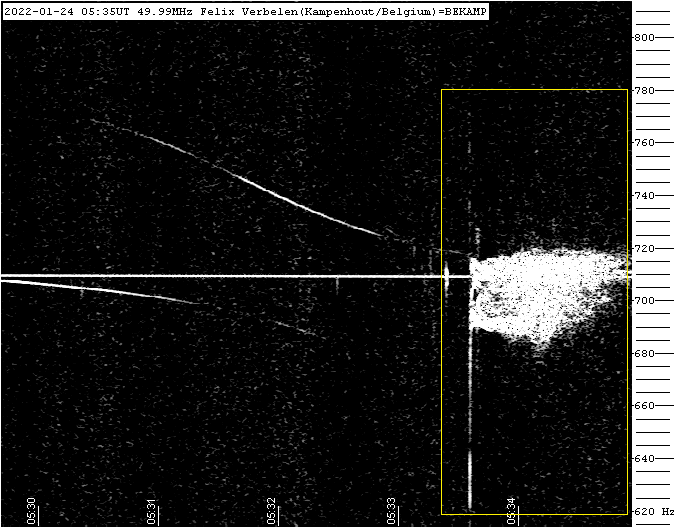
Figure 11 – Meteor reflection 24 January 2022, 05h35m UT.
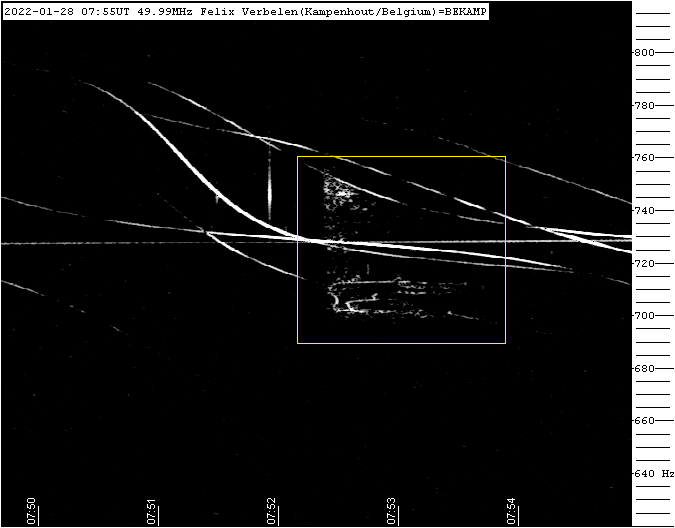
Figure 12 – Meteor reflection 28 January 2022, 07h55m UT.

